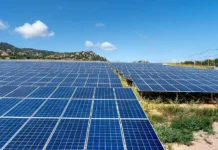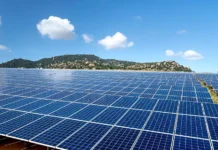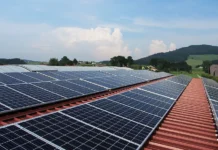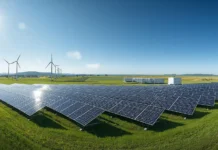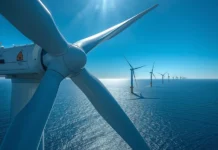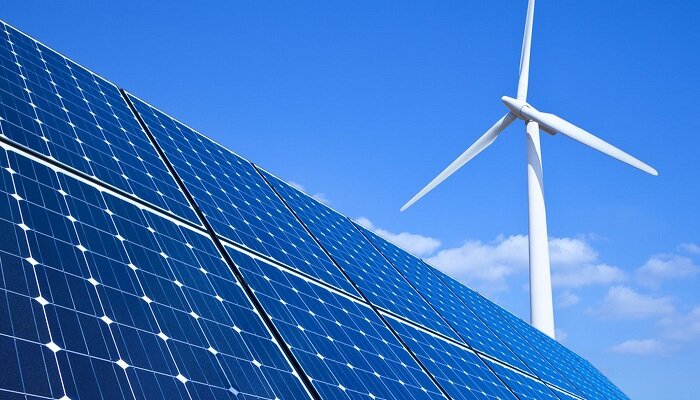Increased wind and solar power, along with a significant reduction in fossil fuel usage, propelled renewables to the forefront.
Preliminary Eurostat data indicated that renewable energy led as the primary electricity source in the EU for 2023.
Renewable sources contributed 44.7 percent of total electricity production, generating 1.21 million Gigawatt-hours (GWh), reflecting a 12.4 percent rise from the previous year. The rapid deployment of new solar and wind projects across the region significantly contributed to this growth.
Electricity generated from fossil fuels decreased by 19.7 percent, resulting in 0.88 GWh, which constituted 32.5 percent of the EU’s total power supply.
Natural gas supplies saw a 7.4 percent decrease from 2022, reaching their lowest point since 1995. Portugal, Austria, and Czechia experienced the most significant reductions in natural gas consumption.
Supplies of oil and petroleum products fell by 1.5 percent. The overall supply of these fossil fuels has been gradually decreasing over the years, with a minor exception in 2022 during the post-pandemic recovery.
Coal supplies, including brown coal for electricity generation and hard coal for heating and steelmaking, experienced even sharper declines last year, reaching their lowest levels since records began. This decline follows a long-term reduction in coal use across the EU.
Factors Behind the Decline in Fossil Fuels
The energy crisis in 2022, coupled with issues in hydropower and nuclear power due to a hot and dry summer, created a dramatic situation for the EU’s electricity supply. In response, the EU implemented the RePowerEU plan to conserve energy, diversify supply sources, and accelerate the transition to clean energy.
Eurostat’s preliminary data suggests that decisions made in 2022 had a significant positive impact on the EU’s energy supply, resulting in a notable increase in renewable energy and a sharp reduction in fossil fuel usage, particularly natural gas and coal.
Growth in Renewable Energy Sources
2023 marked a record year for solar energy globally, with Europe being no exception. Solar power emerged as one of the cheapest forms of electricity in many countries, with prices reaching record lows.
A study by the University of Exeter and University College London predicted that solar energy would reach an “irreversible tipping point” and become the primary global energy source by 2050.
According to preliminary Eurostat data, solar power saw the most significant increase among renewable energy sources in the EU, generating 18.9 percent more electricity compared to 2022. From 2018 to 2023, photovoltaic output surged by 126.3 percent.
Wind energy installations also reached new heights in 2023, with offshore projects and substantial growth in the Netherlands boosting capacity. Eurostat reported that wind electricity generation in the EU increased by 13.4 percent compared to 2022. Overall, wind power contributed more electricity to the EU mix in 2023 than natural gas.
Hydroelectric power generation was higher in 2023 compared to 2022, although droughts and hot weather across Europe limited capacity, making 2022 an outlier year.
Collectively, these developments established renewables as the dominant source of electricity in the EU for 2023.




